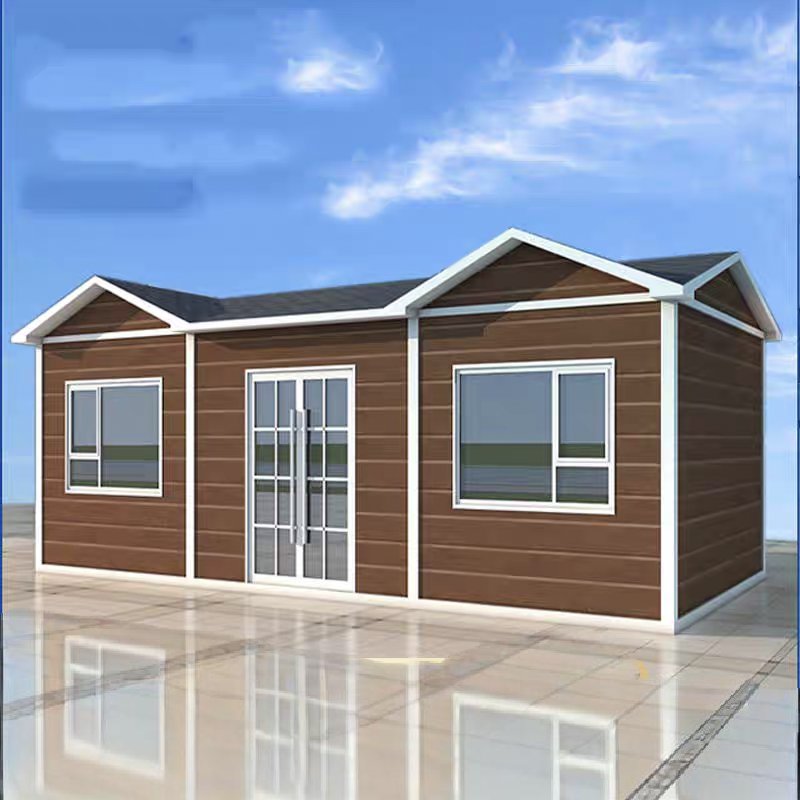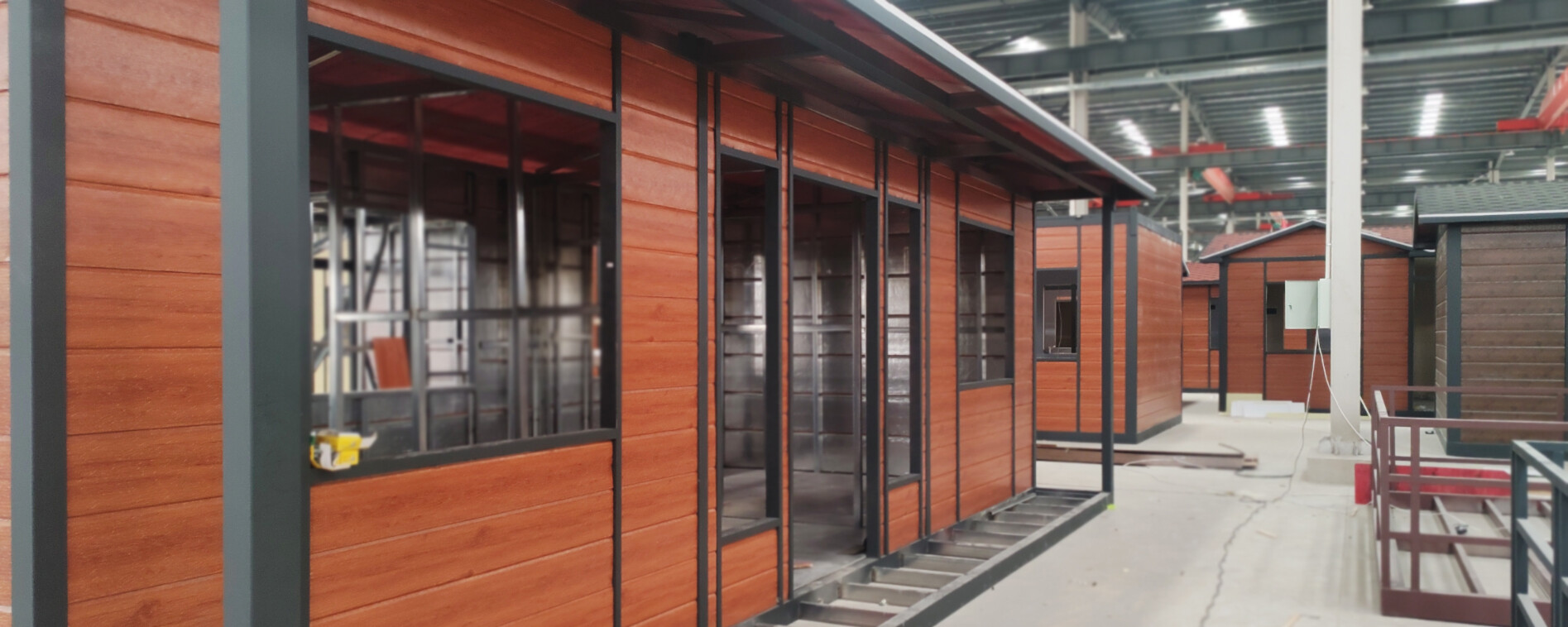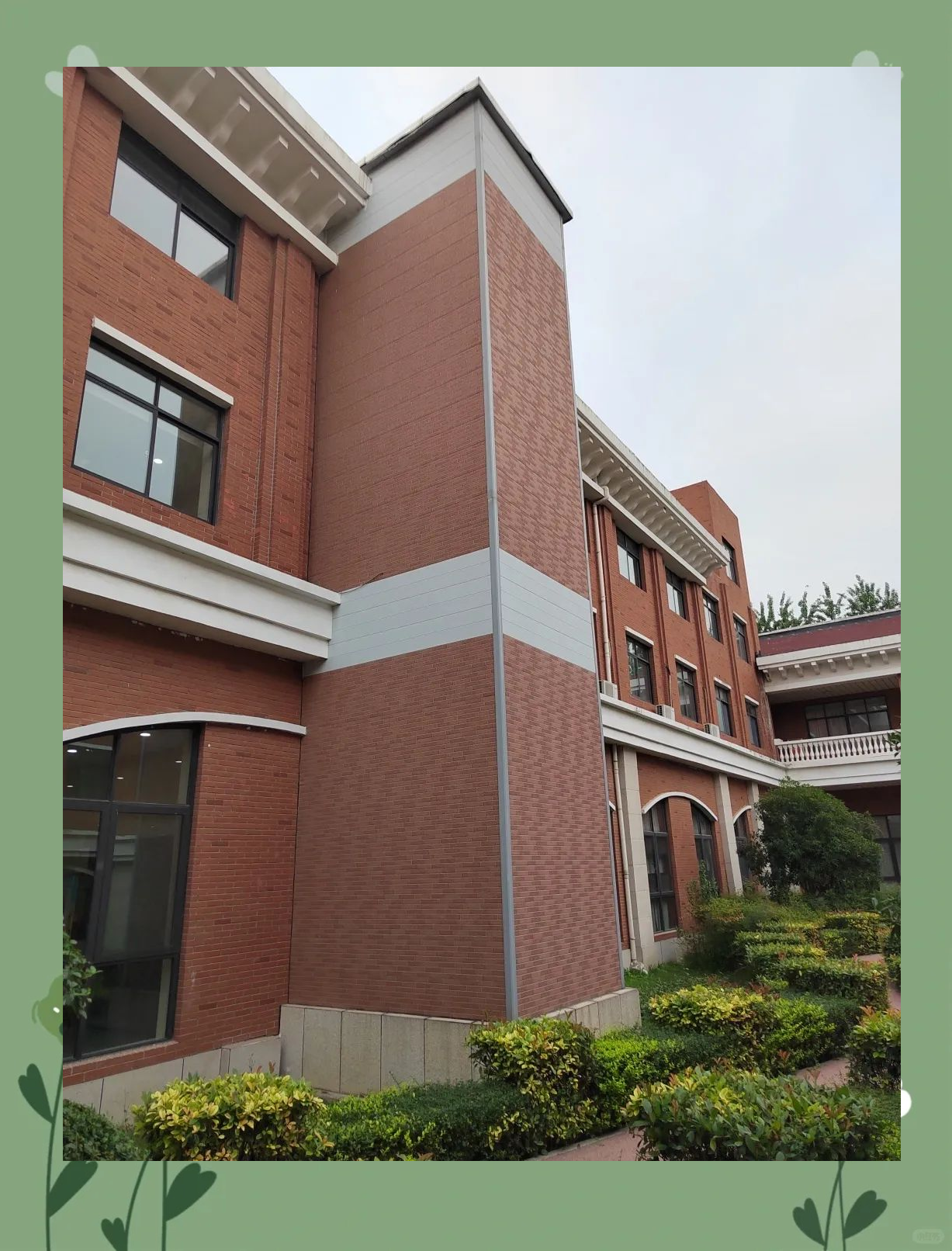
Why Polyurethane Sandwich Panels Dominate Modern Construction
In today's construction landscape, polyurethane sandwich panels have emerged as the premium choice for architects and builders seeking superior thermal performance and structural integrity. Unlike traditional rock wool sandwich panels or EPS foam sandwich panels, polyurethane cores offer unmatched insulation values (R-values up to 6.5 per inch) while maintaining exceptional compressive strength.
1. Cold Storage Facilities
The food processing and pharmaceutical industries demand precise temperature control, making polyurethane sandwich panels the ideal solution for:
- Refrigerated warehouses (-20°C to +10°C environments)
- Blast freezers (reaching -40°C)
- Pharmaceutical storage rooms
Compared to EPS foam sandwich panels, polyurethane provides 30-40% better thermal efficiency, significantly reducing energy costs. The closed-cell structure also prevents moisture absorption - a critical advantage over rock wool sandwich panels in humid environments.
2. Industrial Building Envelopes
Manufacturing plants and logistics centers benefit from polyurethane sandwich panels' unique combination of properties:
- Fire resistance (up to EI 120 certification)
- Noise reduction (STC ratings up to 45 dB)
- Structural load-bearing capacity
When compared to metal carved panels, polyurethane sandwich panels provide built-in insulation without requiring additional layers. The panels meet EN 14509 standards for self-supporting double-skin construction, allowing for faster installation than traditional composite systems.
3. Commercial Building Facades
Architects increasingly specify polyurethane sandwich panels for:
- Office building curtain walls
- Shopping mall exteriors
- Hospitality industry projects
The panels accept a variety of finishes including:
- PVDF coated metal (20+ year warranty)
- Woodgrain patterns
- Custom color matching
Unlike rock wool sandwich panels that require additional vapor barriers, polyurethane's inherent properties simplify the building envelope design while meeting stringent energy codes like ASHRAE 90.1.
Why Choose Polyurethane Over Alternatives?
When evaluating insulation options, consider these decisive factors:
- Lifetime Cost: 25% lower than rock wool systems due to energy savings
- Installation Speed: 40% faster than EPS foam panel assemblies
- Space Efficiency: Thinner profiles than metal carved panel systems
For projects requiring the ultimate in thermal performance and durability, polyurethane sandwich panels deliver measurable advantages that translate to long-term building performance and operational savings.
Send Us A Message




